-
Executive Summary
-
Scope of the Report
-
Market Definition
-
Scope of the Study
- Definition
- Research Objective
- Assumptions
- Limitations
-
Research Type
- Primary Research
- Secondary Research
-
Market size Estimation
-
Forecast Model
-
Market Landscape
-
Porter’s Five Forces Analysis
- Threat of New Entrants
- Bargaining power of buyers
- Threat of substitutes
- Segment rivalry
- Bargaining Power of Buyers
-
Value Chain/Supply Chain Analysis
-
Market Dynamics
-
Introduction
-
Market Drivers
-
Market Restraints
-
Market Opportunities
-
Market Trends
-
Global Semiconductor Packaging Material Market, By Type
-
Introduction
-
Organic Substrates
- Market Estimates & Forecast, 2024-2032
- Market Estimates & Forecast by Region, 2024-2032
-
Bonding Wires
- Market Estimates & Forecast, 2024-2032
- Market Estimates & Forecast by Region, 2024-2032
-
Encapsulation Resins
- Market Estimates & Forecast, 2024-2032
- Market Estimates & Forecast by Region, 2024-2032
-
Ceramic Packages
- Market Estimates & Forecast, 2024-2032
- Market Estimates & Forecast by Region, 2024-2032
-
Solder Balls
- Market Estimates & Forecast, 2024-2032
- Market Estimates & Forecast by Region, 2024-2032
-
Wafer Level Packaging Dielectrics
- Market Estimates & Forecast, 2024-2032
- Market Estimates & Forecast by Region, 2024-2032
-
Others
- Market Estimates & Forecast, 2024-2032
- Market Estimates & Forecast by Region, 2024-2032
-
Global Semiconductor Packaging Material Market, By Technology
-
Introduction
-
Grid Array
- Market Estimates & Forecast, 2024-2032
- Market Estimates & Forecast by Region, 2024-2032
-
Small Outline Package
- Market Estimates & Forecast, 2024-2032
- Market Estimates & Forecast by Region, 2024-2032
-
Dual Flat No-Leads
- Market Estimates & Forecast, 2024-2032
- Market Estimates & Forecast by Region, 2024-2032
-
Quad Flat Package
- Market Estimates & Forecast, 2024-2032
- Market Estimates & Forecast by Region, 2024-2032
-
Dual In-Line Package
- Market Estimates & Forecast, 2024-2032
- Market Estimates & Forecast by Region, 2024-2032
-
Others
- Market Estimates & Forecast, 2024-2032
- Market Estimates & Forecast by Region, 2024-2032
-
Global Semiconductor Packaging Material Market, By Region
-
Introduction
-
North America
- Market Estimates & Forecast, 2024-2032
- Market Estimates & Forecast by Type, 2024-2032
- Market Estimates & Forecast by Technology, 2024-2032
- The U.S.
- Canada
-
Europe
- Market Estimates & Forecast, 2024-2032
- Market Estimates & Forecast by Type, 2024-2032
- Market Estimates & Forecast by Technology, 2024-2032
- U.K.
- Germany
- France
- Spain
- Rest of Europe
-
Asia Pacific
- Market Estimates & Forecast, 2024-2032
- Market Estimates & Forecast by Type, 2024-2032
- Market Estimates & Forecast by Technology, 2024-2032
- China
- India
- Japan
- South Korea
- Australia
- Rest of Asia Pacific
-
Middle East & Africa
- Market Estimates & Forecast, 2024-2032
- Market Estimates & Forecast by Type, 2024-2032
- Market Estimates & Forecast by Technology, 2024-2032
-
Competitive Landscape
-
Company Profile
-
Henkel AG & Company, KGaA
- Company Overview
- Types/Services Offering
- Financial Overview
- Key Developments
- Strategy
- SWOT Analysis
-
Hitachi Chemical Company, Ltd.
- Company Overview
- Types/Services Offering
- Financial Overview
- Key Developments
- Strategy
- SWOT Analysis
-
Sumitomo Chemical Co., Ltd.
- Company Overview
- Types/Services Offering
- Financial Overview
- Key Developments
- Strategy
- SWOT Analysis
-
Kyocera Chemical Corporation
- Company Overview
- Types/Services Offering
- Financial Overview
- Key Developments
- Strategy
- SWOT Analysis
-
Mitsui High-tec, Inc.
- Company Overview
- Types/Services Offering
- Financial Overview
- Key Developments
- Strategy
- SWOT Analysis
-
Toray Industries, Inc.
- Company Overview
- Types/Services Offering
- Financial Overview
- Key Developments
- Strategy
- SWOT Analysis
-
Alent plc
- Company Overview
- Types/Services Offering
- Financial Overview
- Key Developments
- Strategy
- SWOT Analysis
-
LG Chem
- Company Overview
- Types/Services Offering
- Financial Overview
- Key Developments
- Strategy
- SWOT Analysis
-
BASF SE
- Company Overview
- Types/Services Offering
- Financial Overview
- Key Developments
- Strategy
- SWOT Analysis
-
Tanaka Kikinzoku Group
- Company Overview
- Types/Services Offering
- Financial Overview
- Key Developments
- Strategy
- SWOT Analysis
-
E. I. du Pont de Nemours and Company
- Company Overview
- Types/Services Offering
- Financial Overview
- Key Developments
- Strategy
- SWOT Analysis
-
Honeywell International Inc.
- Company Overview
- Types/Services Offering
- Financial Overview
- Key Developments
- Strategy
- SWOT Analysis
-
Toppan Printing Co., Ltd.
- Company Overview
- Types/Services Offering
- Financial Overview
- Key Developments
- Strategy
- SWOT Analysis
-
Nippon Micrometal Corporation
- Company Overview
- Types/Services Offering
- Financial Overview
- Key Developments
- Strategy
- SWOT Analysis
-
Alpha Advanced Materials
- Company Overview
- Types/Services Offering
- Financial Overview
- Key Developments
- Strategy
- SWOT Analysis
-
-
List of Tables
-
Global Semiconductor Packaging Material Market: By Region, 2024-2032
-
North America Semiconductor Packaging Material Market: By Country, 2024-2032
-
Europe Semiconductor Packaging Material Market: By Country, 2024-2032
-
Asia-Pacific Semiconductor Packaging Material Market: By Country, 2024-2032
-
RoW Semiconductor Packaging Material Market: By Country, 2024-2032
-
Global Semiconductor Packaging Material Market, By Type, By Regions, 2024-2032
-
North America Semiconductor Packaging Material Market, By Type, By Country, 2024-2032
-
Europe Semiconductor Packaging Material Market, By Type, By Country, 2024-2032
-
Asia-Pacific Semiconductor Packaging Material Market By Type, By Country, 2024-2032
-
RoW Semiconductor Packaging Material Market By Type, By Country, 2024-2032
-
Global Ambient Food Packaging By Technology Market: By Regions, 2024-2032
-
North America Semiconductor Packaging Material Market By Technology : By Country, 2024-2032
-
Europe Semiconductor Packaging Material Market By Technology : By Country, 2024-2032
-
Asia Pacific Semiconductor Packaging Material Market By Technology : By Country, 2024-2032
-
RoW Semiconductor Packaging Material Market By Technology : By Country, 2024-2032
-
Global Semiconductor Packaging Material Market: By Region, 2024-2032
-
Global Semiconductor Packaging Material Market: By Type, 2024-2032
-
Global Semiconductor Packaging Material Market: By Technology, 2024-2032
-
North America Semiconductor Packaging Material Market, By Country
-
North America Semiconductor Packaging Material Market, By Type
-
North America Semiconductor Packaging Material Market, By Technology
-
Europe: Semiconductor Packaging Material Market, By Country
-
Europe: Semiconductor Packaging Material Market, By Type
-
Europe: Semiconductor Packaging Material Market, By Technology
-
Asia-Pacific: Semiconductor Packaging Material Market, By Country
-
Asia-Pacific: Semiconductor Packaging Material Market, By Type
-
Asia-Pacific: Semiconductor Packaging Material Market, By End-User
-
RoW: Semiconductor Packaging Material Market, By Region
-
RoW Semiconductor Packaging Material Market, By Type
-
RoW Semiconductor Packaging Material Market, By Technology
-
-
List of Figures
-
RESEARCH TYPEOF MRFR
-
TOP DOWN & BOTTOM UP APPROACH
-
Market Dynamics
-
impact analysis: market drivers
-
impact analysis: market restraints
-
porter’s five forces analysis
-
Value chain analysis
-
Global Semiconductor Packaging Material Market SHARE, By Type, 2020 (%)
-
Global Semiconductor Packaging Material Market, By Type, 2024-2032 (USD MILLION)
-
Global Semiconductor Packaging Material Market SHARE, By Technology, 2020 (%)
-
Global Semiconductor Packaging Material Market, By Technology, 2024-2032 (USD MILLION)
-
Global Semiconductor Packaging Material Market SHARE (%), BY REGION, 2020
-
Global Semiconductor Packaging Material Market, BY REGION, 2024-2032 (USD MILLION)
-
North America Semiconductor Packaging Material SHARE (%), 2020
-
North America Semiconductor Packaging Material Market BY Country, 2024-2032 (USD MILLION)
-
Europe Semiconductor Packaging Material Market SHARE (%), 2020
-
Europe Semiconductor Packaging Material Market BY Country, 2024-2032 (USD MILLION)
-
Asia-Pacific Semiconductor Packaging Material Market SHARE (%), 2020
-
Asia-Pacific Semiconductor Packaging Material Market BY Country, 2024-2032 (USD MILLION)
-
Rest of the World Semiconductor Packaging Material Market SHARE (%), 2020
-
Rest of the World Semiconductor Packaging Material Market BY Country, 2024-2032 (USD MILLION)
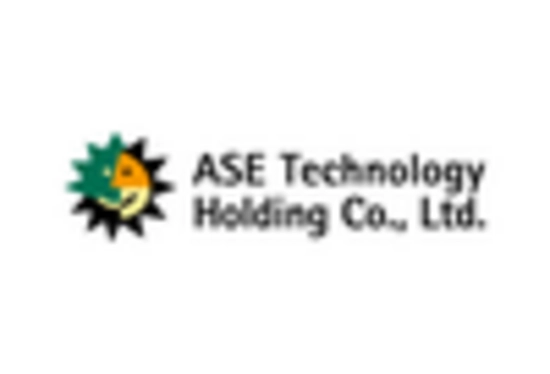
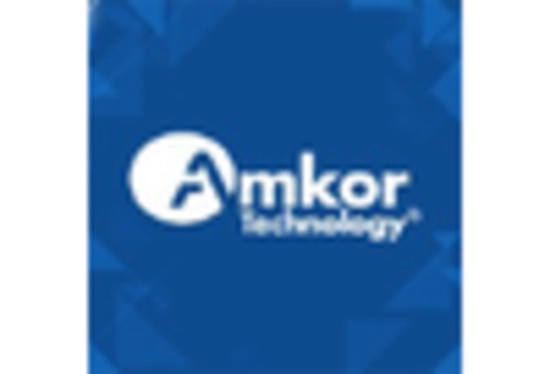
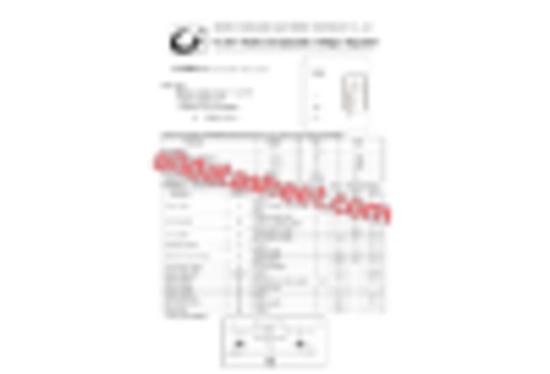
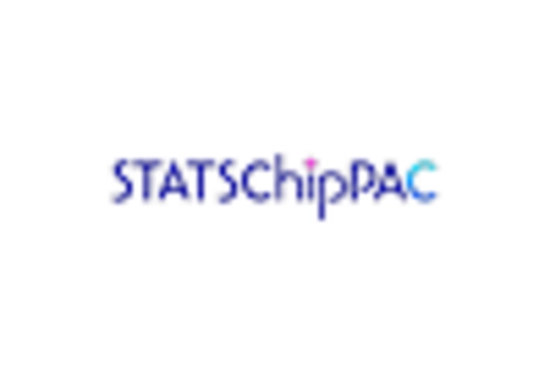
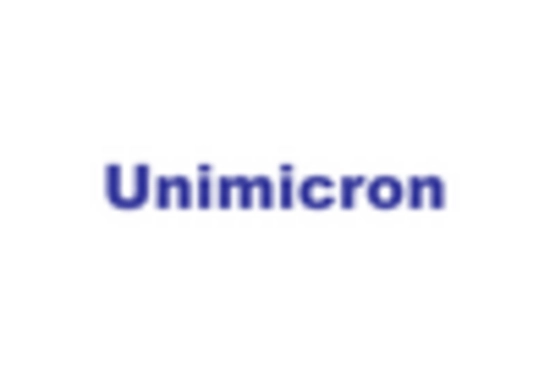

Leave a Comment